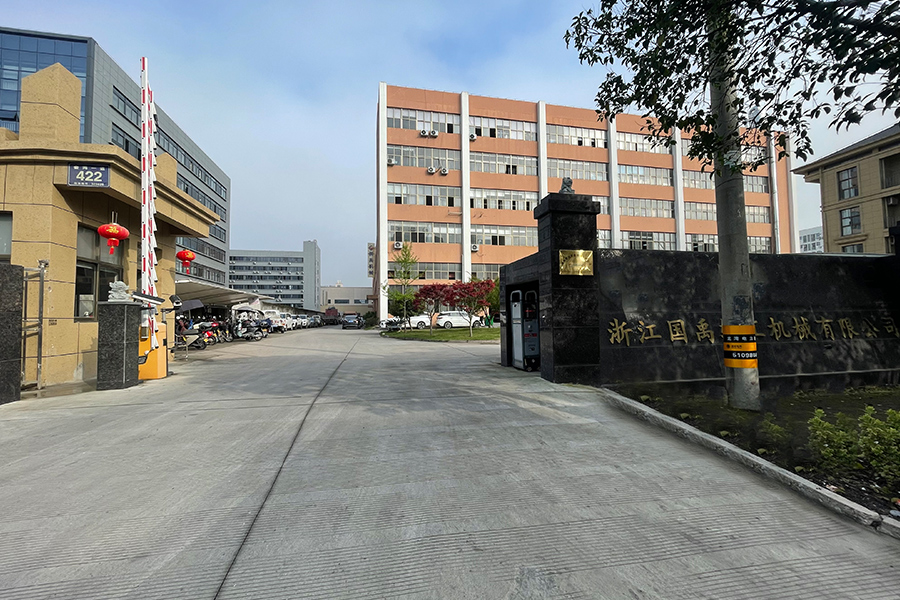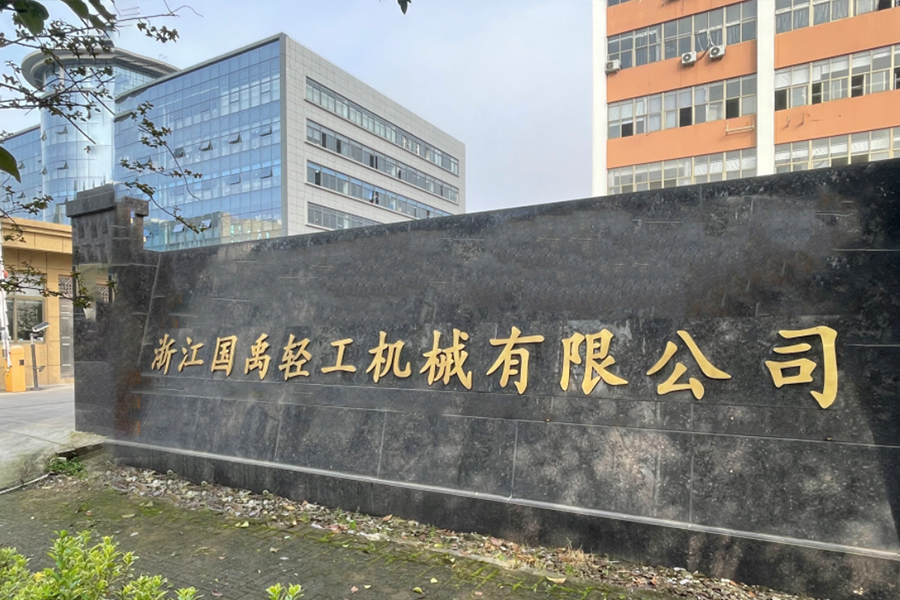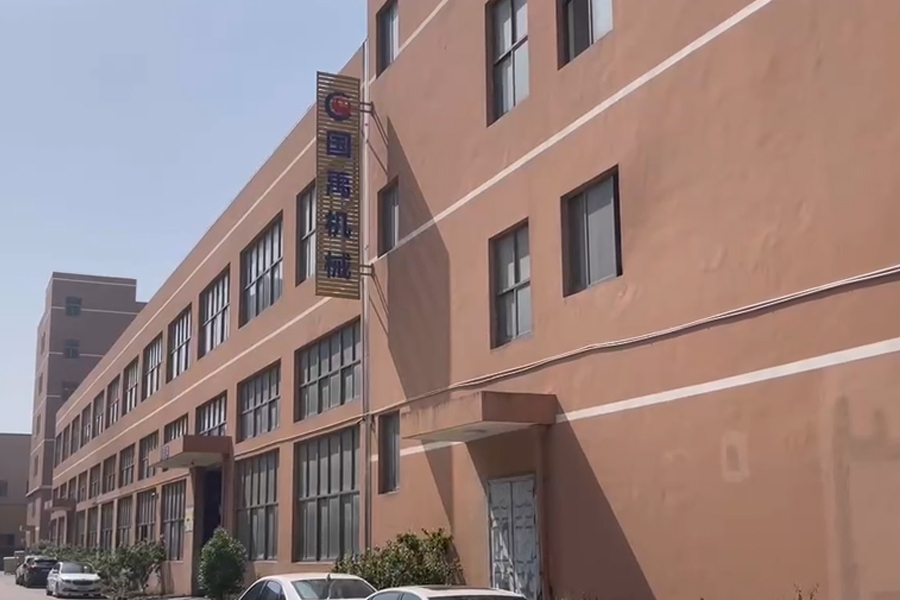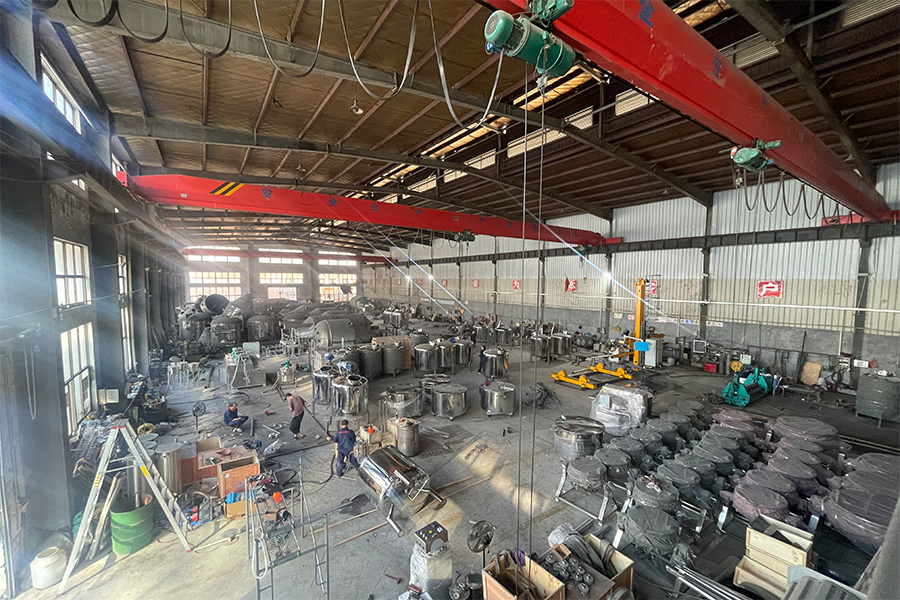-
 [email protected]
[email protected]
-
 +86-13706666922
+86-13706666922

Across multiple manufacturing sectors, dispensing mixing tanks have become essential equipment for precise material preparation and distribution. These advanced systems combine mixing and dispensing functions into streamlined operations, significantly improving efficiency in industries ranging from chemicals to food production. Modern dispensing mixing tanks incorporate innovative features that ensure accurate formulation, consistent product quality, and controlled material handling throughout production cycles.
Recent technological advancements in dispensing mixing tank design focus on automation and process control. Many contemporary systems feature programmable logic controllers that manage both mixing parameters and dispensing sequences with precision. Advanced dispensing mixing tanks now integrate load cells and flow meters that provide real-time data on material quantities, enabling operators to maintain strict formulation accuracy. These smart systems can automatically adjust mixing speeds, temperatures, and dispensing rates based on predefined recipes, reducing human error while increasing throughput in busy production environments.
Material compatibility remains a critical consideration in dispensing mixing tank construction. High-quality stainless steel variants continue to dominate pharmaceutical and food applications where hygiene is paramount, while specialized coatings protect against aggressive chemicals in industrial settings. Many modern dispensing mixing tanks feature polished interior surfaces that prevent material buildup and simplify cleaning procedures. Some designs incorporate sight glasses or transparent sections that allow visual monitoring without compromising the sealed environment, particularly valuable in sensitive batch processes.
The coatings and adhesives industry has significantly benefited from specialized dispensing mixing tank solutions. These application-specific systems maintain precise viscosity control during production while ensuring accurate portioning of final products. Many coatings-focused dispensing mixing tanks now include high-shear mixing capabilities for challenging formulations, along with temperature control jackets that manage product consistency. The ability to directly dispense mixed materials into final containers or application equipment streamlines operations and reduces transfer-related waste in these industries.
Food and beverage manufacturers are adopting sanitary dispensing mixing tanks with enhanced features for sensitive ingredients. Current designs often incorporate gentle agitation systems that blend delicate components without damaging their structure. Many food-grade dispensing mixing tanks now feature integrated pasteurization or cooling systems that prepare products for immediate packaging. Some advanced models include recipe management software that stores hundreds of formulations, allowing quick changeovers between different production runs while maintaining strict quality standards.
Chemical processing plants utilize heavy-duty dispensing mixing tanks designed for hazardous material handling. These robust systems often include explosion-proof components, secondary containment, and advanced ventilation features. Modern chemical dispensing mixing tanks may incorporate inert gas blanketing for oxygen-sensitive compounds or specialized seals for volatile organic handling. The precision dispensing capabilities help chemical manufacturers reduce waste while improving safety in high-risk production environments.
Cleaning and maintenance innovations have significantly improved dispensing mixing tank operational efficiency. Many current designs feature self-draining geometries and clean-in-place (CIP) systems that reduce downtime between batches. Some dispensing mixing tanks now include quick-disconnect components that allow fast changeover of mixing implements or dispensing nozzles. These practical improvements help manufacturers maintain stringent hygiene standards while big equipment utilization in continuous production settings.
Future developments in dispensing mixing tank technology may include augmented reality interfaces for operator guidance and predictive maintenance systems using IoT sensors. Some experimental designs explore inline quality monitoring that automatically adjusts processes based on real-time product analysis. As manufacturing industries continue prioritizing efficiency and precision, dispensing mixing tanks will remain vital equipment that bridges formulation and distribution in modern production workflows.







